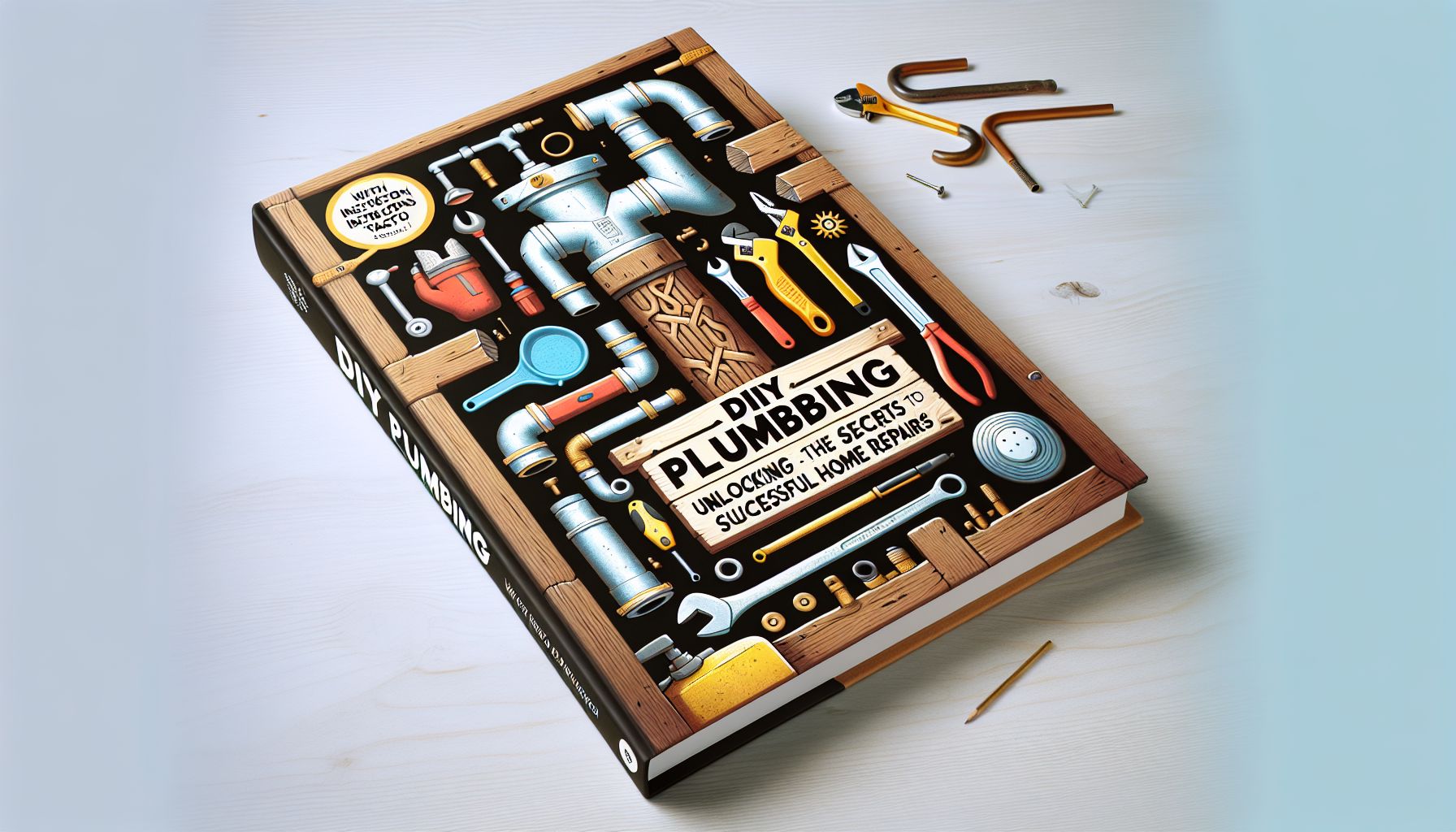Are you tired of calling a plumber every time a minor plumbing issue arises in your home? Do you want to take matters into your own hands and become a DIY plumbing expert? Look no further! In this post, we will guide you through some essential DIY plumbing tips that will empower you to tackle common plumbing problems with confidence and ease.
Leaky Faucets and Pipes
One of the most common plumbing issues homeowners face is a leaky faucet or pipe. Not only can a leak cause annoying drips, but it can also lead to water wastage and higher utility bills. To fix a leaky faucet, start by turning off the water supply to the affected faucet. Next, disassemble the faucet and check for any worn-out or damaged parts. Replace the faulty components with new ones, reassemble the faucet, and turn the water supply back on. For leaky pipes, use pipe sealant or Teflon tape to seal the joints securely.
Clogged Drains
Dealing with a clogged drain is never a pleasant experience, but it is a common issue that can be resolved with a few simple DIY techniques. If your sink or shower drain is clogged, try using a plunger to dislodge the blockage. For tougher clogs, you can make a homemade drain cleaner using baking soda and vinegar. Simply pour the mixture down the drain, let it sit for a few hours, and then flush it with hot water. This natural solution is not only effective but also environmentally friendly.
Toilet Repairs
A malfunctioning toilet can be a source of frustration for any homeowner. From running toilets to clogged bowls, there are several common toilet problems that you can fix yourself. If your toilet is running constantly, try adjusting the water level in the tank or replace the flapper. For a clogged toilet, use a plunger to clear the blockage. If the clog persists, consider using a plumbing snake to reach deeper into the pipes and dislodge the obstruction.
Preventive Maintenance
Prevention is always better than cure when it comes to plumbing issues. Regular maintenance can help you avoid costly repairs and extend the lifespan of your plumbing system. Inspect your pipes for leaks, check for signs of corrosion, and ensure that all fixtures are functioning correctly. Additionally, consider installing water-saving devices such as low-flow toilets and showerheads to reduce water consumption and save on your utility bills.
Conclusion
By following these DIY plumbing tips, you can become your own plumber and handle common plumbing problems with skill and confidence. Remember, safety should always be your top priority when working on plumbing projects. If you encounter a complex issue that you are not comfortable tackling on your own, do not hesitate to call a professional plumber for assistance. With the right tools, knowledge, and perseverance, you can master the art of DIY plumbing and keep your home’s plumbing system in top shape.

